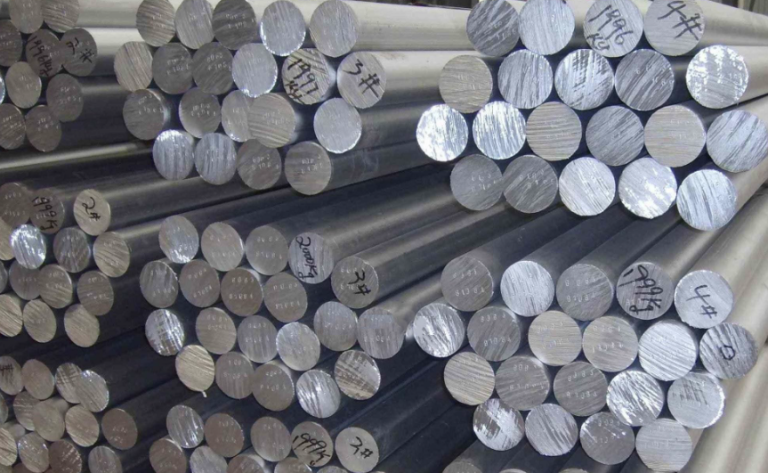What Is 3003 Aluminum? A Complete Guide

3003 aluminum combines aluminum and manganese to form an alloy. Industries use it extensively because of its durability and resistance to rust. Its strength and reliability make it suitable for various environments.
Learn more: 3003 vs 6063 aluminum: which is the right alloy for your project?
3003 Aluminum Alloy Composition Explained
Aluminum (Al) – 3003 aluminum alloy contains up to 98% aluminum. Aluminum is the primary metal in this alloy, which classifies it as a pure aluminum alloy.
Manganese (Mn) – Manganese is the key alloying element in 3003 aluminum. It increases the alloy’s strength and improves its resistance to corrosion. Its content ranges from 1.0% to 1.5%.
Silicon (Si) – Silicon is present in small amounts, around 0.60%. It contributes to the alloy’s properties but plays a secondary role compared to aluminum and manganese.
Product Properties of 3003 Aluminum
Strength
3003 aluminum is stronger than pure aluminum, making it a more durable option. However, it cannot be hardened through heat treatment, so other methods are used to improve its strength.
Plasticity
In its annealed state, 3003 aluminum is highly pliable and easy to shape. But don’t get too comfortable—its plasticity decreases when cold-worked, making it less flexible.
Corrosion Resistance
This alloy stands up well to corrosion, even in moist or chemically exposed environments. It’s like the metal equivalent of a raincoat—reliable and protective.
Weldability
3003 aluminum is a team player when it comes to welding. It works well with gas welding, argon arc welding, and spot welding methods, offering flexibility for various applications.

Uses of 3003 Aluminum
Industries widely use 3003 aluminum for its excellent formability, weldability, and resistance to corrosion. Its ability to be shaped and joined makes it ideal for various applications.
This alloy performs well in parts exposed to liquids or gases but not under heavy loads. Manufacturers use it for fuel tanks, oil conduits, and liquid containers, making it a popular choice for storing gasoline, lubricants, and other fluids.
Chemical instruments and thin plates also benefit from this alloy. Manufacturers create deep-drawn or spun products like concave utensils and welded components using 3003 aluminum. It serves additional purposes in heat exchangers, clock faces, disk faces, nameplates, and kitchen utensils.
Rivets, food storage devices, chemical handling equipment, and tanks also rely on 3003 aluminum. Its versatility makes it a practical material for many everyday products.
Related products: Extruded aluminum profiles
Processing and Handling
Heat treatment does not strengthen the 3003 aluminum alloy. Instead, cold deformation methods enhance its strength by altering its structure to increase toughness.
Manufacturers apply annealing as the only heat treatment process for this alloy. This method softens the material, making it easier to shape and work with during manufacturing.
Final Thoughts
3003 aluminum primarily consists of aluminum. Its strong corrosion resistance and durability make it ideal for food tools and storage containers. Manufacturers use it extensively in everyday items like kitchen utensils and fuel tanks.
This alloy’s versatility ensures it plays a key role in both industrial and household applications. With its practical benefits, 3003 aluminum continues to be a reliable material for various purposes.






